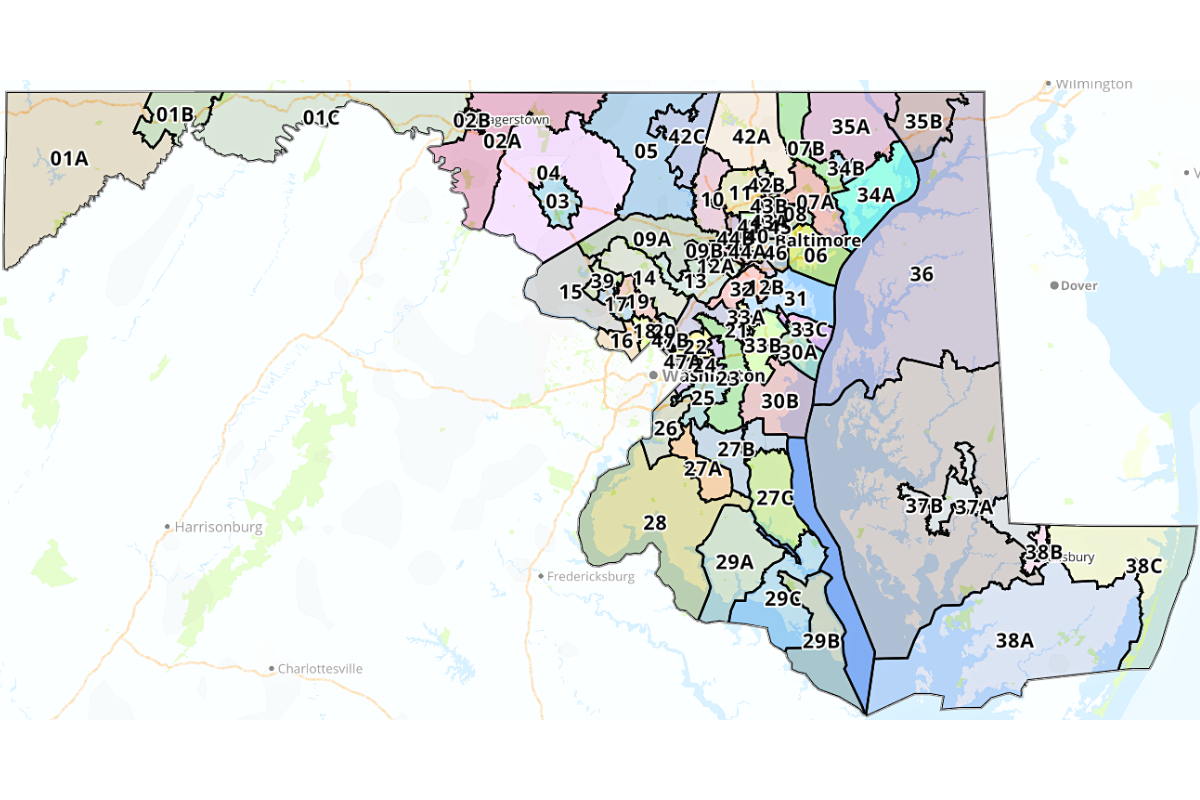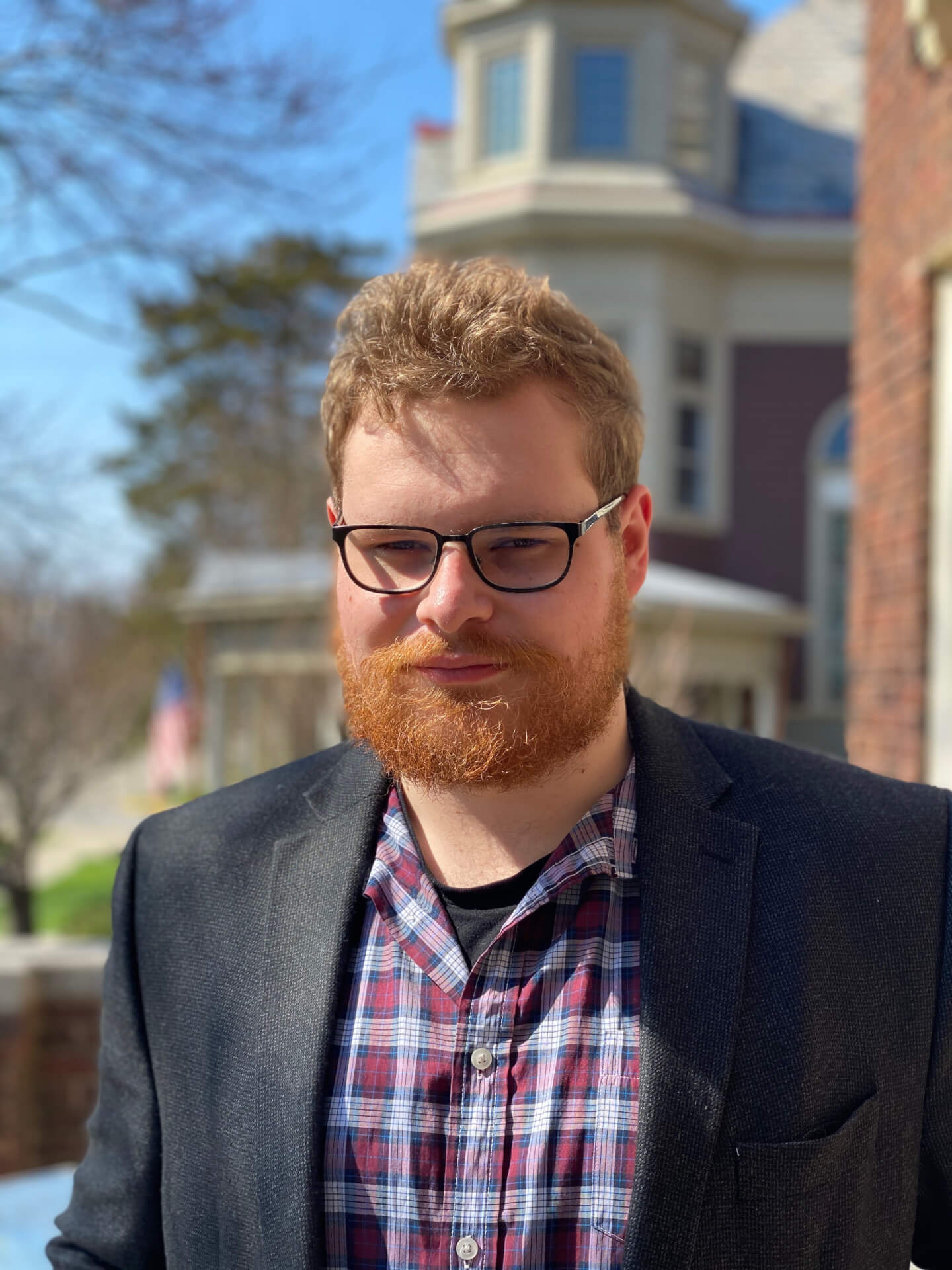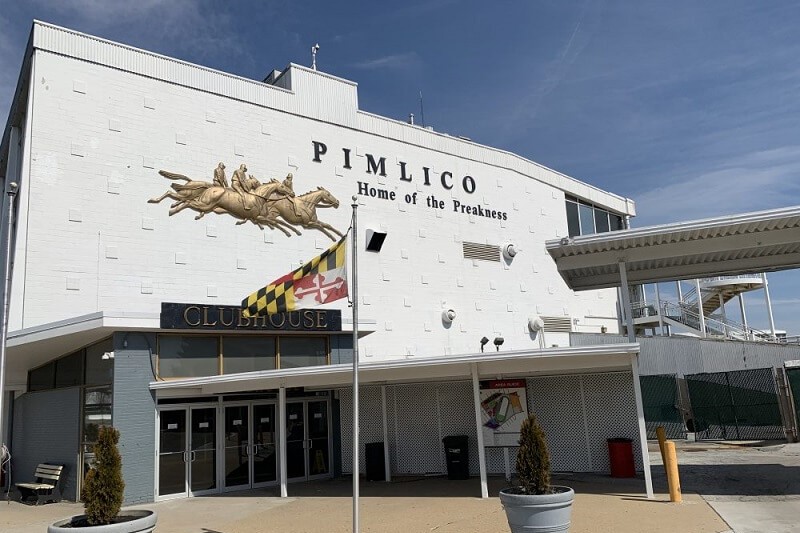At Public Hearing, Marylanders Request Changes to Commission’s Proposed Legislative Boundaries

The Legislative Redistricting Advisory Commission released its proposed state legislative map Monday evening — and by Wednesday afternoon, members of the public weighed in on how the proposal would affect their home districts.
Much of the testimony at Wednesday’s public hearing revolved around granular details of individual districts. Del. Christian J. Miele (R-Baltimore County) urged commission members to retain a small area near Aberdeen in District 34 rather than moving it to District 35; Baltimore County resident Linda Dorsey-Walker said commission members should draw a single-member delegate district around Owings Mills in District 11; Kevin Burke of Anne Arundel County criticized the way Severna Park is drawn in the proposed map and said the community is “carved up like a Christmas turkey.”
Reginald Benbow, a Baltimore resident who has launched a House campaign in District 43, said he was concerned that adding Towson in Baltimore County to the existing district, which currently includes parts of north-central Baltimore City, would dilute the voice of historically redlined and marginalized communities. He noted that the city lost population over the past decade, but said most of that population loss was in the eastern and western areas of the city.
“You just have the potential of a more affluent community in Towson mixed in with some of the affluent communities already from the 43rd district that could overwhelm the interest of some of the neighborhoods that have historically been marginalized,” Benbow said.
The commission released its legislative map Monday evening, and the deadline to sign up to testify at the public hearing was 10 a.m. Wednesday. Beth Hufnagel of the League of Women Voters said the amount of time the public had to analyze the map before the hearing was “woefully inadequate.”
Legislative redistricting in Maryland is subject to a slightly different set of rules compared to congressional redistricting, which was just handled in a special legislative session and is now subject of a legal challenge.
In writing legislative districts, the Maryland Constitution expressly requires respect for political and geographic boundaries, requires that delegate districts must be nested in senatorial districts, and allows for the use of both single- and multi-member delegate districts.
Additionally, lawmakers have more leeway over differences in population between legislative districts, compared to stringent margins required in congressional districting. Lawmakers are allowed to create population variances of plus or minus 5% in legislative districts — although Karl Aro, the chair of the Legislative Redistricting Advisory Commission and a former head of the nonpartisan Department of Legislative Services, said the new legislative maps keep that figure to plus or minus 4%.
Aro said this map keeps population variances smaller than previous legislative maps that he worked on while he worked for the Department of Legislative Services.
“In my previous four rounds of redistricting, this is the smallest maximum deviation that we’ve ever achieved,” Aro said.
Del. Jason C. Buckel (R-Allegany), the House minority leader and a member of the Legislative Redistricting Advisory Commission, questioned whether the new proposed District 4 would pass muster for compactness. The proposed District 4 would encompass much of Frederick County around the city of Frederick, which is contained within District 3, creating what Buckel described as a “donut effect.”
Aro said he didn’t think the proposed District 4 “is a compactness issue at all.”




 Creative Commons Attribution
Creative Commons Attribution